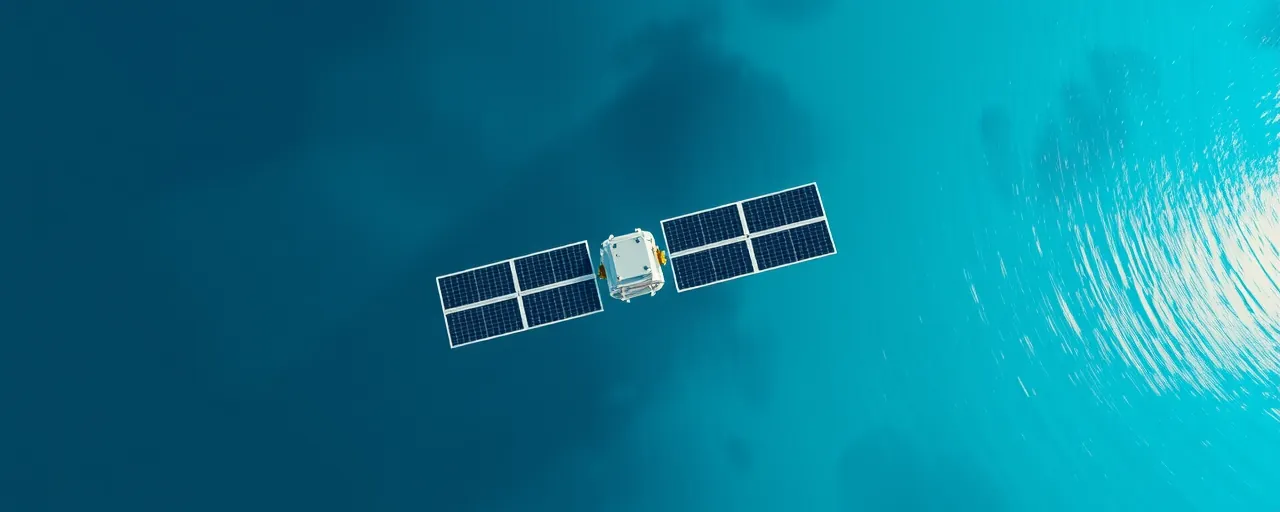Space as a Shield for the Indo-Pacific
The Indo-Pacific, a sprawling region of seas and nations, pulses with strategic importance. Tensions simmer as global powers compete for influence, yet a new player is reshaping the landscape: the U.S. Space Force. At the Australian Space Summit in Sydney, held May 27-28, 2025, Brig. Gen. Anthony Mastalir, commander of U.S. Space Forces Indo-Pacific, laid out a compelling case for space as a cornerstone of regional stability.
Space has transformed from a realm of scientific curiosity into a vital arena for security. Satellites power navigation, communication, and missile warnings, making their protection essential. The U.S. Space Force, launched in 2019, has quickly expanded its role in the Indo-Pacific, reflecting the region’s growing weight in global strategy.
Australia, a steadfast U.S. ally, is central to this mission. The summit showcased a shared commitment to a free and open Indo-Pacific, blending military strength with deep cooperation. For those new to the topic, this raises a key question: how does space influence the region’s future, and what’s at stake for everyday people?
Allies United in Orbit
Collaboration defines the U.S. Space Force’s approach. Since its Indo-Pacific command began in 2022, it has set up units in South Korea and Japan. These teams, known as Guardians, work hand-in-hand with local forces, sharing knowledge and coordinating space operations to counter threats. Mastalir emphasized the value of this teamwork in safeguarding critical systems.
Australia’s partnership stands out. Lt. Gen. Susan Coyle, Australia’s Joint Capabilities chief, joined Mastalir at the summit, highlighting a century-long history of military ties. From World War I to today, the two nations have built trust that now extends to space. Their focus includes joint training and developing tools to tackle new challenges.
This approach reflects a broader shift. Unlike past U.S.-led alliances, today’s network - including AUKUS and the Quad - shares burdens. Australia’s defense spending has surged over 40 percent since 2019, showing its dedication to collective security in a tense region.
Why Space Matters Now
Space is no longer a distant frontier; it’s a contested domain. Nations like China and Russia are advancing anti-satellite technologies, from missiles to cyberattacks, threatening vital infrastructure. A single strike could create debris, disrupting global systems for years. Both Mastalir and Coyle stressed space domain awareness - tracking and protecting orbital assets - as a top priority.
The U.S. and its allies are responding with resilient satellites and warning systems. Joint Tactical Ground Stations across the region provide round-the-clock missile alerts. Some push for stronger steps, like deploying more missiles or strategic aircraft to deter rivals. Others advocate for diplomacy, seeking agreements to limit space weapons and ease tensions.
The stakes extend beyond militaries. Space underpins daily life - think GPS, banking, or weather forecasts. A disruption could affect millions, making stability in this domain a shared concern for nations and citizens alike.
Strength Meets Cooperation
Mastalir framed the Space Force’s strategy as “peace through strength,” emphasizing robust capabilities to prevent conflict. This view supports calls for modernized air fleets and durable satellite networks to deter aggression. However, some caution that arming space could heighten rivalries, spurring adversaries to build more advanced counterspace tools.
A contrasting perspective prioritizes diplomacy. Supporters of arms control lean on the 1967 Outer Space Treaty, which bans weapons of mass destruction in orbit, as a starting point for broader agreements. Recent UN efforts have pushed for transparency and debris-reduction measures to foster trust. In the Indo-Pacific, joint disaster-response systems offer a way to manage competition peacefully.
Both approaches share a common goal: ensuring the Indo-Pacific remains stable. The challenge is blending deterrence with cooperation to protect critical systems without sparking an arms race.
The Road Ahead
The U.S. Space Force’s expanding role in the Indo-Pacific signals a lasting commitment to the region’s security. By partnering with Australia, Japan, and South Korea, it seeks to deter threats while upholding a free and open order. Mastalir’s talk of a “legacy” rooted in shared values highlights the human element - peace and prosperity for millions.
Challenges loom large. Rising rivalries, from China’s naval growth to regional arms races, demand careful strategy. Space amplifies these complexities, requiring both innovation and collaboration to navigate risks.
As the Space Force and its allies move forward, their ability to build trust among nations while maintaining strong defenses will shape the Indo-Pacific’s future. Success means a region secure on Earth and in the stars.
